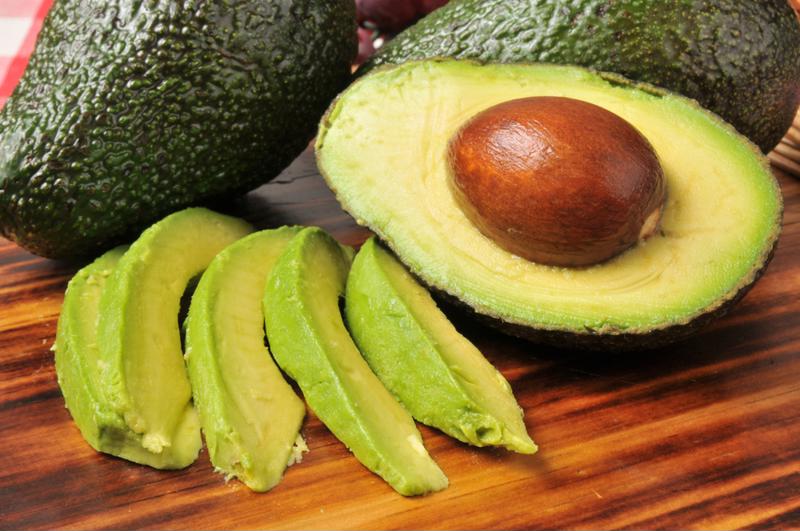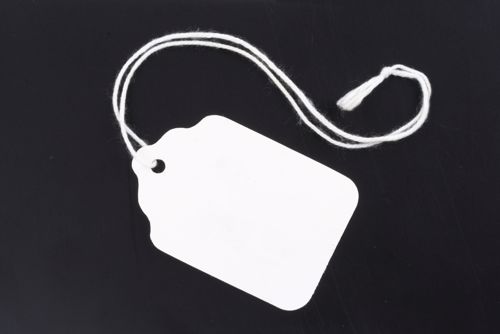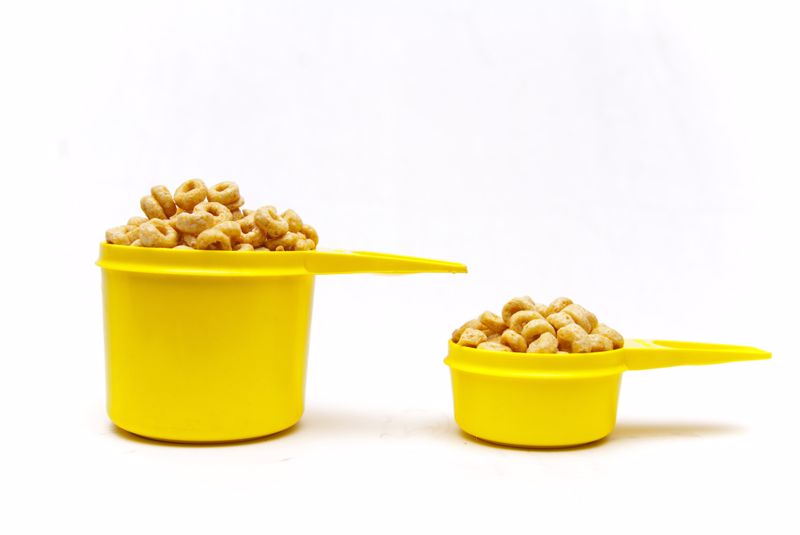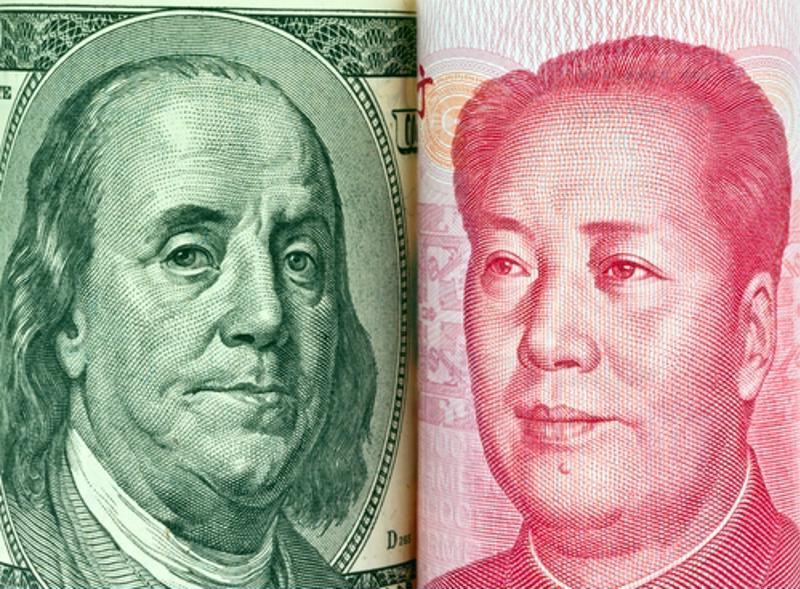During a recent earnings call, Limoneira Chief Financial officer Mark Palamountain noted that California went through a lengthy dry spell during the summer, which is where most domestically produced avocados are grown. As a result of severely limited rainfall, crop yields fell — as did the company's sales goals. Indeed, Limoneira sold only 3,000 pounds of avocados in the final quarter of 2021, Supply Chain Dive reported from the earnings call. That's down from the 487,000 pounds of avocados the fruit supplier cleared during the same period in 2020.
Evaporative demand exacerbated drought
The Golden State is known for its dry conditions, particularly during the summer months and into the early fall, but 2021 was exceptionally arid, even by California standards. The severe lack of moisture was, in part, due to a phenomenon known as evaporative demand. As the Los Angeles Times reported at the time, evaporative demand refers to the "thirstiness" of the atmosphere and is calculated based upon other measurable factors like relative humidity, air temperature, solar radiation and wind speed.
John Abatzoglou, an associate professor and climate scientist at the University of California-Merced, told the paper that evaporative demand has been an ongoing issue for the pacific region over the past 50 years. The phenomenon essentially exacerbates the adverse effects of limited rainfall.

While rain is a highly important to the health of virtually all fruits and vegetables, avocados require copious amounts of water to grow properly relative to other fruits. According to SFGATE, mature avocado trees need between 40 and 50 inches of rain per year, depending on their size. Between July 2020 and June 2021, California as a whole saw less than half of the rainfall that it normally gets, The Weather Channel reported.
The Golden State is a major source of the country's fruits and vegetables as a whole, and it accounts for 90% of the United States' domestic avocado market, according to the California Avocado Commission.
December was a wet month for California
Although 2022 remains fairly new, Limoneira's CFO doesn't anticipate the same kind of production problems this year, mainly thanks to the state receiving more in the way of precipitation. This past December was one of the wettest on record for California, which will help shore up supply as peak growing season nears. Palamountain noted the snowpack that fell in the Sierra Nevada Mountain area will be very conducive to avocado production.
"That's going to go a long way to really filling up our agricultural canals and giving us access to additional water," Palamountain said during the earnings call, according to Supply Chain Dive.
Unlike corn stalks or certain squash plants, where overall yield is minimal, avocado trees are capable of producing massive amounts of avocados. In a given year, one tree can produce between 150 and 500 pieces of avocados, according to the California Avocado Commission.





 The Port of
The Port of 














